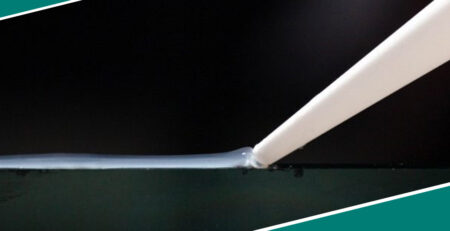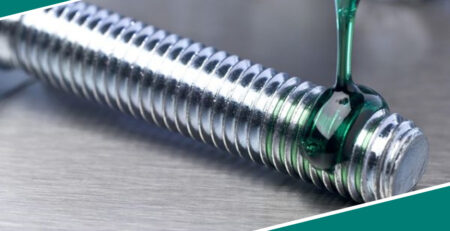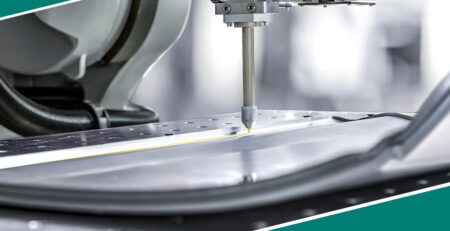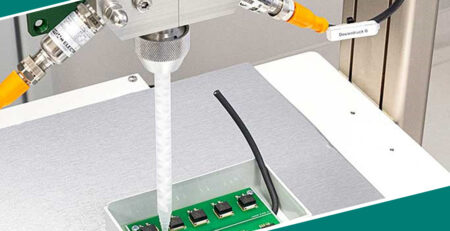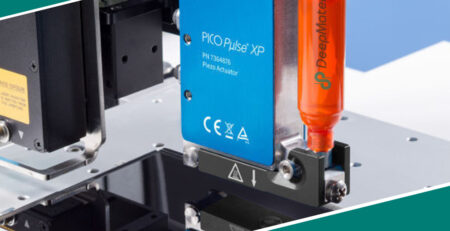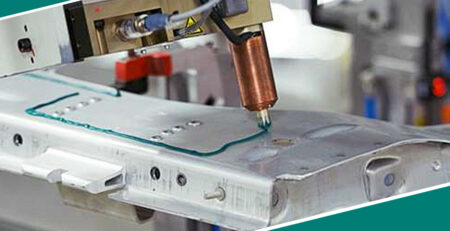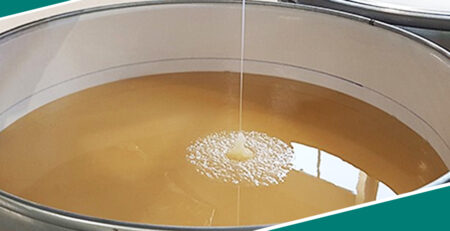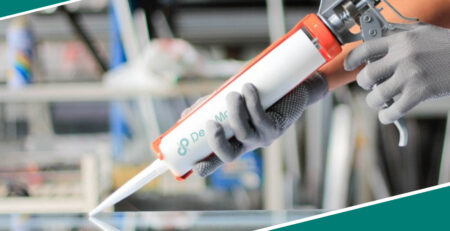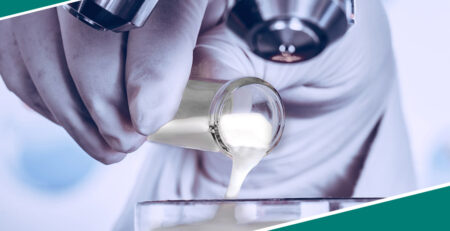The Ultimate Guide to Waterproof Adhesive Glue for Plastic
The Ultimate Guide to Waterproof Adhesive Glue for Plastic
Finding the perfect glue for plastic is incredibly waterproof and can be a game-changer in adhesives. Whether you’re a DIY enthusiast, a hobbyist, or a professional working on plastic materials projects, having a reliable waterproof adhesive is crucial. This guide will explore the critical aspects of waterproof adhesive glue for plastic, including its benefits, applications, types, and tips for use. By the end of this article, you’ll be equipped with the knowledge to select and use the best waterproof adhesive for your needs.
Introduction to Waterproof Adhesive Glue for Plastic
Plastic materials are ubiquitous in modern life, from household items and automotive parts to industrial components. However, plastic can be notoriously challenging to bond, mainly when water resistance is a concern. Waterproof adhesive glue for plastic offers a solution by providing a robust and durable bond that withstands exposure to moisture. This article delves into the various waterproof adhesives available, their applications, and how to choose the right one for your projects.
Understanding Waterproof Adhesive Glue
What Is Waterproof Adhesive Glue?
Waterproof adhesive glue is specifically formulated to create a strong bond between surfaces while resisting the effects of water. When applied to plastic surfaces, this adhesive forms a resilient bond that remains effective even when exposed to moisture. Unlike standard adhesives, waterproof options are designed to maintain integrity under wet conditions.
Why Use Waterproof Adhesive for Plastic?
- Durability: Waterproof adhesives provide a long-lasting bond that can endure harsh conditions.
- Versatility: Ideal for applications where plastics are exposed to water, such as outdoor or underwater projects.
- Prevention of Degradation: Helps prevent the adhesive from breaking down or losing strength when exposed to moisture.
 Types of Waterproof Adhesive Glue for Plastic
Types of Waterproof Adhesive Glue for Plastic
1. Epoxy Adhesives
Epoxy adhesives are two-part compounds consisting of a resin and a hardener. When mixed, they create a robust bond highly resistant to water, chemicals, and extreme temperatures.
- Strength: Provides a powerful bond suitable for heavy-duty applications.
- Application: Ideal for repairing plastic parts subjected to stress or impact.
- Curing Time: Typically requires a longer curing time compared to other adhesives.
2. Cyanoacrylate Adhesives (Super Glue)
Cyanoacrylate adhesives, commonly known as superglue, are known for their quick-setting properties and intense bonds.
- Speed: Sets quickly, making it ideal for rapid repairs.
- Strength: Offers a strong bond but may not be as durable under continuous water exposure as epoxy.
- Application: Best for minor, non-load-bearing repairs.
3. Polyurethane Adhesives
Polyurethane adhesives provide flexibility and a strong bond resistant to water, making them suitable for various plastic types.
- Flexibility: Accommodates slight movements and expansions of bonded materials.
- Durability: Offers excellent resistance to water and impact.
- Application: Effective for both indoor and outdoor plastic bonding.
4. Silicone Adhesives
Silicone adhesives are known for their flexibility and water resistance, making them an excellent choice for applications where movement and exposure to moisture are factors.
- Flexibility: Stays flexible after curing, which is beneficial for materials that experience movement.
- Weather Resistance:Highly resistant to environmental conditions, including water.
- Application: Ideal for sealing and bonding in applications exposed to moisture.
Applications of Waterproof Adhesive Glue for Plastic
Household Repairs
Waterproof adhesive glue is perfect for repairing plastic items around the house, such as:
- Plastic Containers: Fixing cracks or breaks in kitchen storage containers.
- Garden Tools: Repairing plastic handles or parts exposed to water.
- Toys:Fixing broken plastic toys that are frequently washed or exposed to moisture.
Automotive and Marine Uses
In automotive and marine applications, waterproof adhesive glue is essential for:
- Vehicle Components:Bonding plastic parts in cars exposed to various weather conditions.
- Boat Repairs: Fixing plastic components of boats or other watercraft constantly in contact with water.
Industrial Applications
In industrial settings, waterproof adhesive glue is used for:
- Manufacturing:Assembling plastic parts in products used in wet environments.
- Maintenance: Repairing plastic components in machinery and equipment exposed to moisture.
How to Choose the Right Waterproof Adhesive Glue for Plastic
Consider the Type of Plastic
- Different types of plastic may require specific adhesives for optimal bonding. Ensure that the adhesive you choose is compatible with the plastic material you work with.
Evaluate the Conditions
- Consider the environmental conditions where the adhesive will be used. For outdoor or submerged applications, opt for adhesives specifically designed to handle prolonged exposure to water.
Assess the Bond Strength
- Determine the strength needed for your application. Epoxy or polyurethane adhesives may be more suitable for heavy-duty repairs, whereas lighter applications might only require cyanoacrylate or silicone adhesives.
Review Curing Time
- Choose an adhesive with a curing time that fits your project timeline. Epoxies usually have longer curing times than cyanoacrylate adhesives, which set almost instantly.
Tips for Using Waterproof Adhesive Glue for Plastic
Proper technique and preparation are crucial to achieving a robust and lasting bond when working with waterproof adhesive glue for plastic. Here are some essential tips to follow:
Surface Preparation:
- Clean the Surface: Ensure that both surfaces to be bonded are free from dust, oil, or grease. Clean them thoroughly to ensure optimal adhesion.
- Roughen the Surface: Lightly sand the plastic surfaces to enhance adhesion, especially when using epoxy-based adhesives.
Application Technique:
- Apply Evenly: Spread the adhesive evenly to avoid creating weak spots in the bond. It ensures a uniform and reliable connection between the plastic surfaces.
- Clamp or Hold: Use clamps or hold the pieces together while the adhesive cures to achieve a robust and durable bond.
Safety Precautions:
- Ventilation: Work in a well-ventilated area to avoid inhaling harmful fumes from the adhesive.
- Protect Skin:Wear gloves to protect your skin from direct contact with the adhesive, which can irritate.
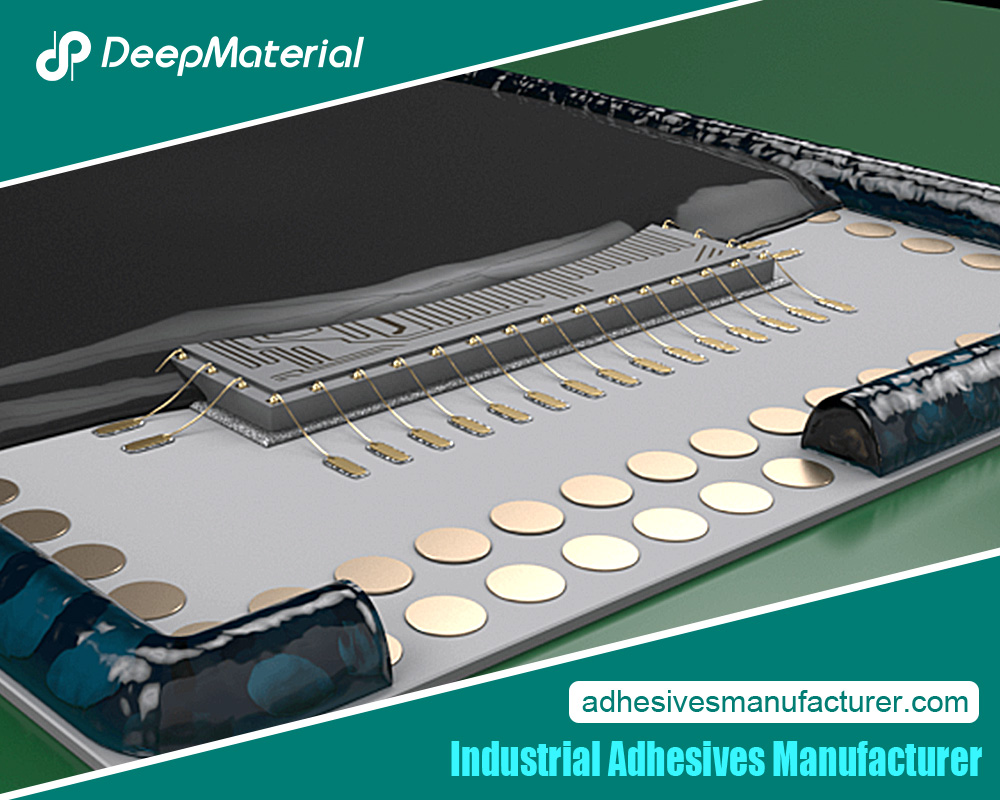 Conclusion
Conclusion
Selecting a suitable waterproof adhesive glue for plastic is crucial for ensuring a robust and durable bond that can withstand exposure to moisture. By understanding the different types of waterproof adhesives and their applications, you can make an informed decision that suits your needs. Whether tackling a household repair, working on an automotive or marine project, or handling industrial tasks, the suitable adhesive can make all the difference. Always consider the type of plastic, environmental conditions, and bond strength required to choose the best adhesive for your project. With suitable waterproof adhesive glue, you can achieve reliable, long-lasting results and ensure that your plastic repairs and bonds remain secure and effective.
For more about the ultimate guide to waterproof adhesive glue for plastic, you can pay a visit to Deepmaterial at https://www.adhesivesmanufacturer.com/ for more info.


